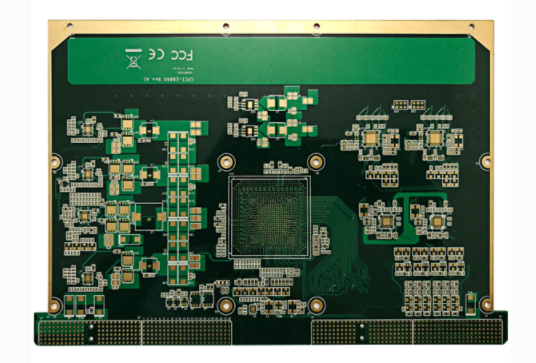Causes of poor tin on circuit boards and preventive measures
The circuit board will not be well tinned during SMT production. Generally, poor tinning is related to the cleanliness of the surface of the PCB bare board. If there is no dirt, there will be basically no poor tinning. Second, tinning When the flux itself is bad, the temperature and so on. So where are the common electrical tin defects in circuit board production and processing? How to solve this problem?
1. There are particulate impurities in the coating on the surface of the circuit board, or grinding particles are left on the surface of the circuit during the manufacturing process of the substrate.
2. The tin surface of the circuit board substrate or parts is seriously oxidized and the copper surface is dull.
3. There are flakes on the surface of the circuit board without tin, and there are particulate impurities in the plating on the surface.
4. There are grease and impurities on the surface of the circuit board, or there is residual silicone oil.
5. The high-potential coating of the circuit board is rough, there is a burning phenomenon, and there are flakes on the surface of the board, which can not be tinned.
6. The circuit board has a complete coating on one side, and a poor coating on the other side, and there are obvious bright edges on the edges of the low-potential holes.
7. There are obvious bright edges on the edges of the low-potential holes of the circuit board, and the high-potential coating is rough, and there is a phenomenon of burning.
8. There is no guarantee of sufficient temperature or time during the circuit board soldering process, or the soldering flux is not used correctly
9. The circuit board can not be tinned on a large area at low potential, and the surface of the board is slightly dark red or red, with a complete coating on one side and a poor coating on the other side.

The improvement and prevention plan of the bad situation of the electric tin of the circuit board:
1. The components of PCB syrup should be tested and analyzed regularly to supplement in time, increase the current density, and prolong the electroplating time.
2. PCB to strengthen the pre-plating treatment.
3. Correct use of flux for PCB.
4. PCB Hexcel cell analysis adjusts the content of the light agent.
5. PCB checks the anode consumption from time to time and replenishes anodes reasonably.
6. PCB reduces the current density, and regularly maintains the filter system or performs weak electrolysis treatment.
7. Control the temperature of the circuit board during welding at 55-80 degree Celsius and ensure sufficient preheating time.
8. Strictly control the storage time and environmental conditions of the storage process, and strictly operate the circuit board production process.
9. Use a solvent to clean the sundries. If it is silicone oil, you need to use a special cleaning solvent to clean it.
10. Reasonably adjust the distribution of anodes, reduce the current density by an appropriate amount, reasonably design the wiring or splicing of the circuit board, and adjust the light agent.
iPCB is a high-tech manufacturing enterprise focusing on the development and production of high-precision PCBs. iPCB is happy to be your business partner. Our business goal is to become the most professional prototyping PCB manufacturer in the world. Mainly focus on microwave high frequency PCB, high frequency mixed pressure, ultra-high multi-layer IC testing, from 1+ to 6+ HDI, Anylayer HDI, IC Substrate, IC test board, rigid flexible PCB, ordinary multi-layer FR4 PCB, etc. Products are widely used in industry 4.0, communications, industrial control, digital, power, computers, automobiles, medical, aerospace, instrumentation, Internet of Things and other fields.